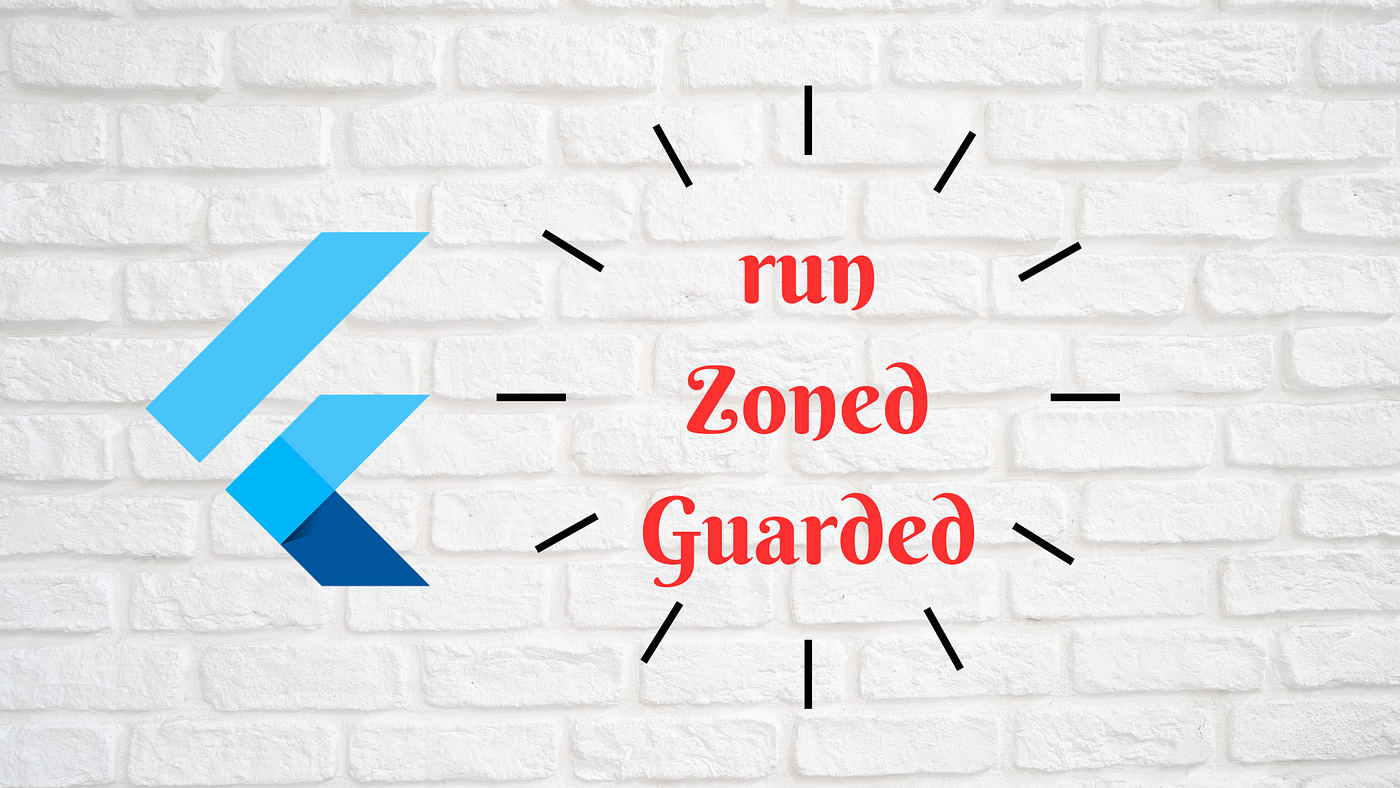In app development, stability is key. Users expect seamless experiences, and when issues arise, how you manage them can be the difference between user retention and app abandonment. In this post, we’ll explore strategies for handling errors gracefully in Flutter, helping you create a more reliable, user-friendly app.
Why Error Handling Matters
Imagine a user exploring your app only to encounter an unexpected crash. This can lead to frustration, uninstalls, and negative reviews, impacting your app’s success. A robust error handling strategy keeps users engaged, even in the face of issues, by reducing disruptions and reinforcing their trust in your app.
Setting Up Custom Error Handling in Flutter
Flutter provides powerful tools for handling errors globally, allowing you to create a custom error handler using FlutterError.onError and runZonedGuarded. These tools let you log errors and display user-friendly messages instead of crash screens.
Step-by-Step Guide to Implementing a Custom Error Handler
Here’s a quick guide to set up a custom error handler in your Flutter app:
- FlutterError.onError: Catches errors within the Flutter framework itself.
- runZonedGuarded: Useful for catching asynchronous errors that may otherwise go unnoticed.
- Creating a Custom Error Handler: Log errors, notify users, and display appropriate feedback.
Code Example: Implementing Custom Error Handling in Flutter
Code Breakdown
- runZonedGuarded: This function wraps your app, catching errors in asynchronous code.
- FlutterError.onError: Catches errors within the Flutter framework, allowing you to handle them effectively.
- handleError and handleFlutterError: Customize these functions to log errors or display user-friendly feedback. You could extend these to log errors to an external server or present detailed messages for a more polished user experience.
Conclusion
Implementing custom error handling in Flutter is a vital step to enhancing your app's stability and user experience. By proactively managing errors, you can improve user satisfaction, keep your audience engaged, and build trust in your app.
With robust error handling, you can turn potential disruptions into opportunities for user engagement and showcase your commitment to providing a seamless experience.
Happy coding! 💡✨



Post a Comment
0Comments